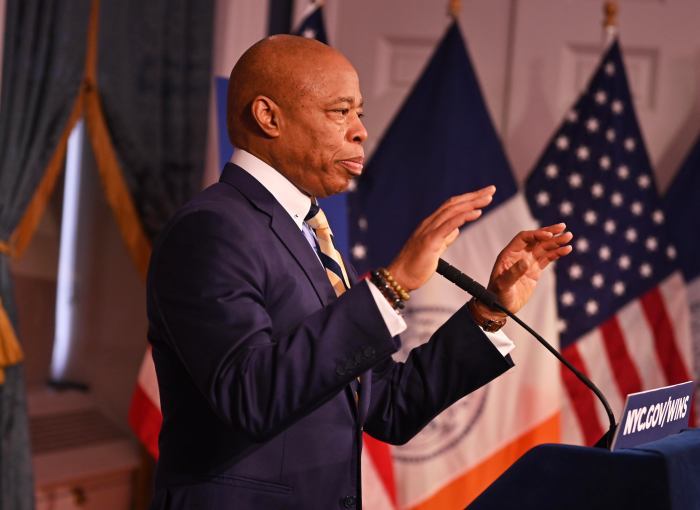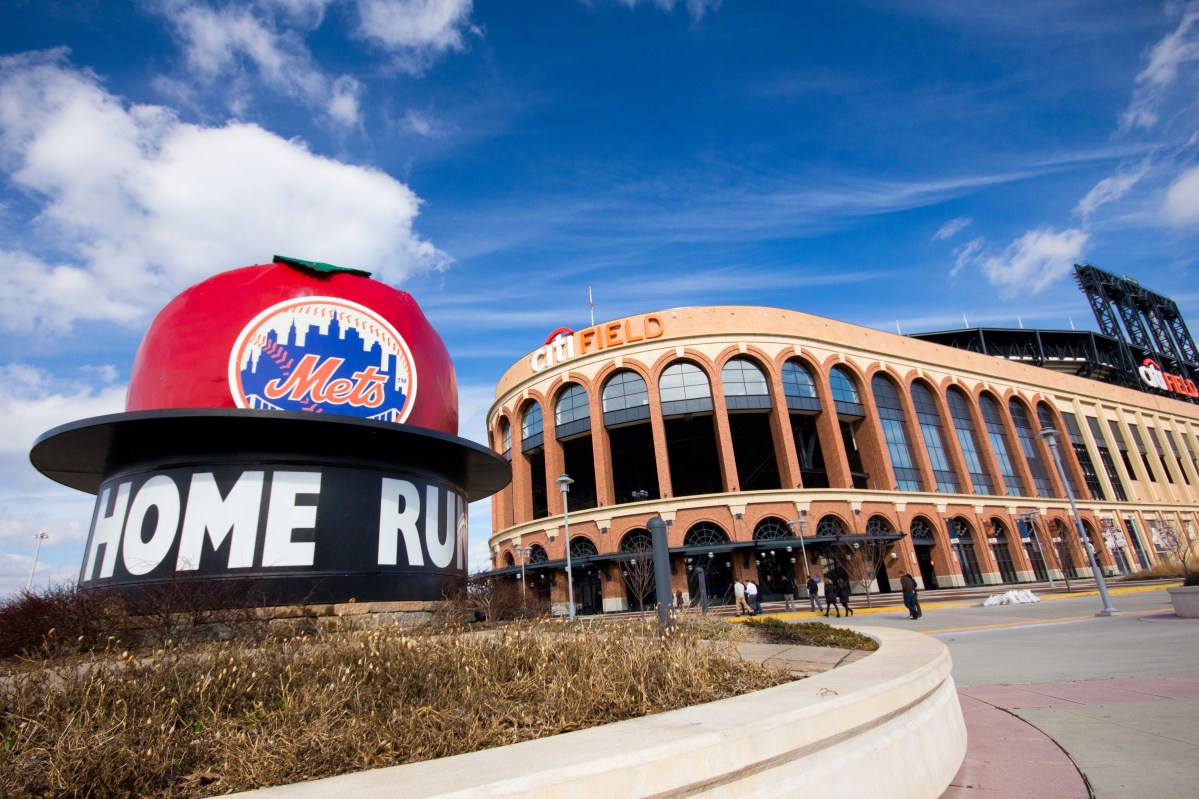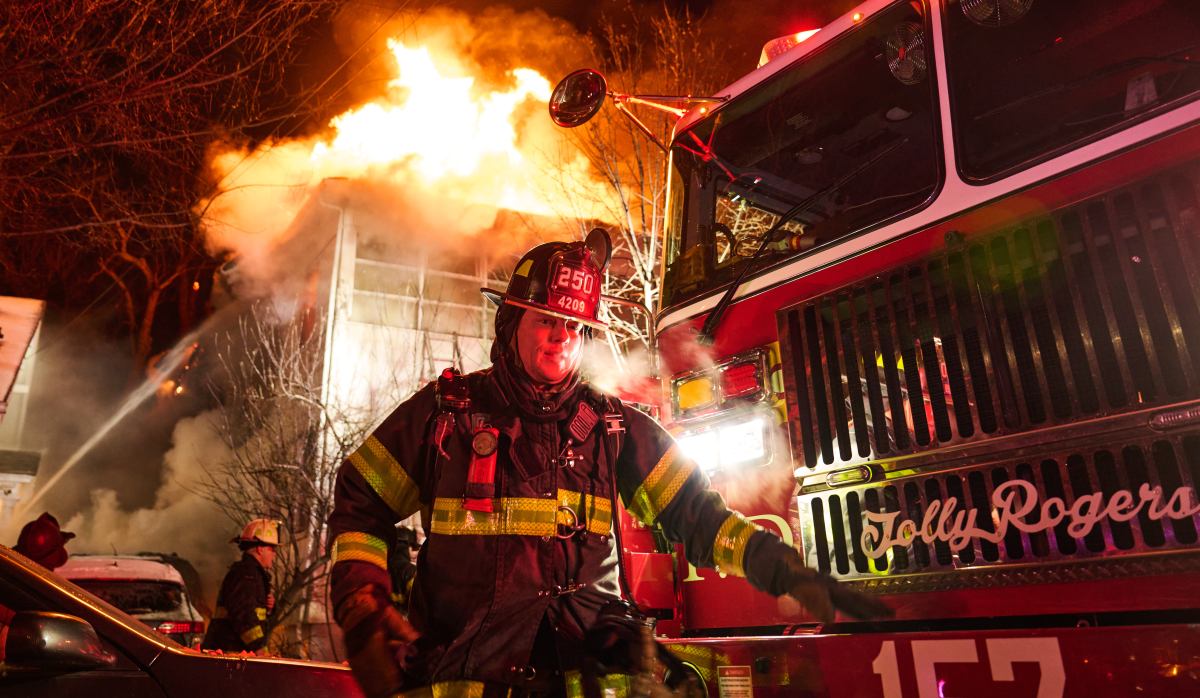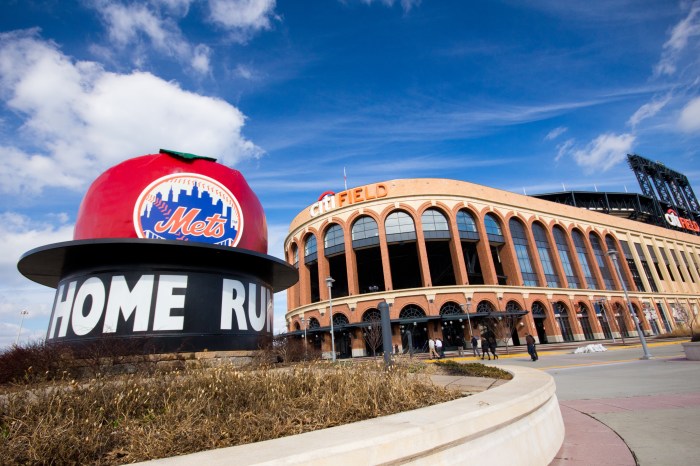Buoyed by mimes, clowns and free McDonald’s, preservationists boarded a train in spring 1978 bound for Washington D.C., where they packed the Supreme Court in a show of support for New York City’s quest to landmark Grand Central Terminal.
This so-called landmarks express tour ushered in a chapter of preservation work across the five boroughs — and has become a milestone for municipalities across the country that modeled their protocols after the city’s landmark law.
To mark the 40th anniversary of the Supreme Court ruling upholding the city’s landmark law, historians and preservationists have curated an exhibit in Grand Central’s Vanderbilt Hall marking the milestone, with a tribute to the terminal.
“It became a fight about the whole landmarks law — not only our landmarks law,” said Margot Wellington, who was executive director of the Municipal Art Society, which was instrumental in pushing to protect the terminal, during the Supreme Court case. “We were so lucky to have a symbolic building like Grand Central, which had meaning to so many people, to fight this esoteric legal issue over, because the same point might have been made over a row house.”
The show, which will debut Monday and run through Oct. 5, features sketches, photographs and text describing the terminal’s construction in the early 1900s, efforts to save it in the 1970s and the $200 million renovation preceding its Oct. 1, 1998, rededication.
“This exhibit is going to make them think about the before and after — about how bad Grand Central was, and then all the work that went into restoring and renovating it, and making it into what it is today,” said Francis Morrone, an architectural historian, who worked with the New York Transit Museum, Museum of the City of New York and Municipal Art Society on the exhibit. “It’s going to make people not take Grand Central for granted.”
An early landmark
Like many New Yorkers, Kent Barwick was inspired to get involved with preservation advocacy when the old Pennsylvania Station was demolished in 1963. That loss helped compel the city to pass a landmarks law in 1965. But Barwick said the commission charged with landmarking structures and approving changes to them was skittish and fearful that its moves would land it in court.
The looming legal battle materialized shortly after Grand Central was landmarked in 1967, when Penn Central Transportation Company pitched redevelopment plans — including one that would have put a 55-story tower atop the terminal — and the commission disapproved the idea.
“Within seconds, the railroad went to court,” said Barwick, former executive director of MAS, who noted he was at the city Planning Department regularly when rumors began to circulate about the state Supreme Court’s decision on the matter.
He requested the file on the case, and spotted a memo from the incoming corporation counsel to the then-incoming mayor, Abraham Beame, recommending against appealing a case the city expected to lose.
“[It] said that we met with Judge Saypol and the railroad — Justice Saypol is going to find against the city … If we don’t appeal, they will drop their other claims for damages for millions of dollars against the city of New York,” Barwick said. “That was the moment of: oh my goodness, what are we going to do?”
Creating a committee
The Municipal Arts Society responded by launching the Committee to Save Grand Central Station, which pressured the city against backing out of the legal battle. The group began selling T-shirts and organizing rallies from a storefront near the terminal, attracting what Barwick described as an impressive roster of members — including former first lady Jacqueline Kennedy Onassis.
“She said if we have no respect for our past, how can we expect to have a future? And those words went around the world,” Barwick recalled. “We began to get national press, and we also began to get $5 bills sent in from Iowa.”
By the time the case reached the Supreme Court, Wellington had succeeded Barwick as head of MAS. After the advocates had already begun planning the landmark express, Wellington said she learned the Supreme Court would weigh arguments in the case the day after the train was scheduled to pull into Washington, D.C.
“If you are going to see the first surgery of a great brain surgeon on a brain, don’t have it be your own child,” Wellington said. “I felt that my own child was being operated on at the Supreme Court.”
She was so convinced the city would lose that Wellington cried when she heard the decision months later.
The case’s legacy
The Supreme Court’s ruling upheld the constitutionality of the city’s landmark law and its decision to limit development at Grand Central Terminal, according to the city’s current Landmarks Preservation counsel, Mark Silberman.
“The decision made clear that municipalities can enact and implement historic preservation programs,” Silberman said in a statement.
Still, preservationists said it was years before the railroad opted to spruce up the terminal, which they said it had not invested much into while arguing in court that the landmarking was cutting into its viability. Their challenges were compounded by the rise of air and car travel, which historians said curtailed the railroad industry.
Metro-North took over the terminal in 1982 and embarked on years of renovation work. When a small patch of the ceiling was cleaned, passers-by initially thought it was lit up, according to Donald Albrecht, the Museum of the City of New York’s curator of architecture and design.
Today, he said a swatch of the grime remains in the northwest corner of the terminal’s ceiling as a reminder of the terminal’s evolution.
“It was quite dilapidated,” Albrecht said, noting that before the court case, the railroad contemplated demolishing the station entirely, but then opted instead to build the nearby Pan Am skyscraper (now the MetLife Building). “It’s so beautiful now — you can’t imagine tearing it down.”

































